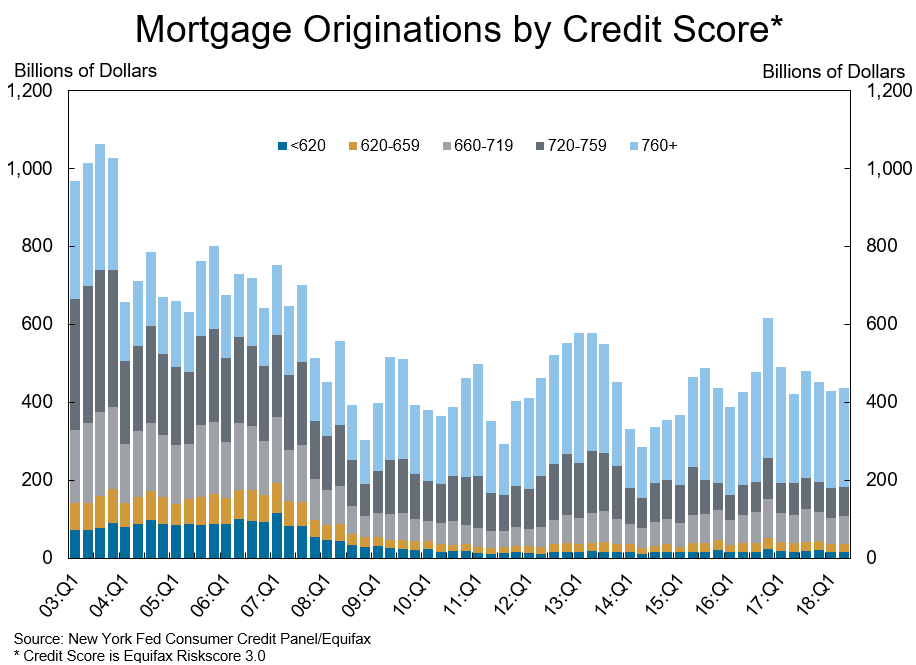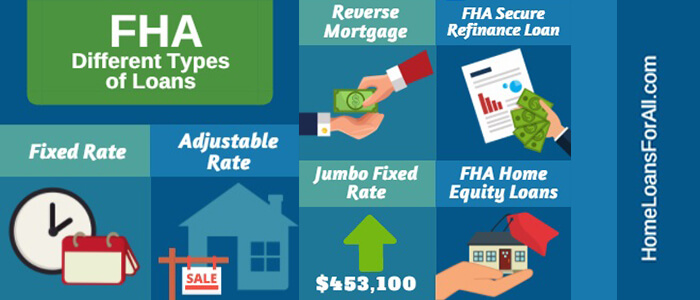4 Simple Techniques For Which Of The Following Is Not A Guarantor Of Federally Insured Mortgages?
They have to select a compensation bundle with each lender they deal with ahead of time so all debtors are charged the same flat portion rate. Obviously, they can still partner with 3 various wholesale banks and choose differing settlement packages, then effort to send customers to the one that pays one of the most.
Sure, you may not pay any home mortgage points out-of-pocket, but you might pay the price by consenting to a greater mortgage rate than necessary, which equates to a lot more interest paid throughout the life of the loan assuming you keep it for a while. Some lenders might offer so-called negative points Which is another method of saying a loan provider credit These points raise your rate instead of decreasing it However lead to a credit that can cover closing costs If points are included and you are offered a higher rate, the mortgage points function as a lender credit toward your closing expenses - how do commercial mortgages work.

Now you might be questioning why on earth you would accept a higher rate than what you receive? Well, the compromise is that you don't need to spend for your closing expenses out-of-pocket. The cash produced from the greater interest rate will cover those fees. Of course, your regular monthly home loan payment will be higher as an outcome.
This operates in the exact opposite way as traditional mortgage points because you get a higher rate, however instead of spending for it, the lender provides you cash to pay for your charges. Both approaches can work for a debtor in an offered situation. The positive points are great for those looking to lower their home loan rate even more, whereas the negative points are good for a property owner brief on cash who doesn't desire to invest all of it at closing.
How Does Underwriting Work For Mortgages Fundamentals Explained

If the broker is being paid 2 mortgage points from the lending institution at par to the borrower, it will reveal up as a $2,000 origination charge (line 801) and a $2,000 credit (line 802) on the HUD-1 settlement statement. It is awash since you don't pay the points, the lending institution does.
Now let's presume you're just paying two mention of your own pocket to compensate the broker. It would just appear as a $2,000 origination charge, with no credit or charge for points, because the rate itself doesn't involve any points. You may also see nothing in the way of points and instead an administration cost or comparable slightly named charge.
It could represent Check out here a particular portion of the loan amount, but have absolutely nothing to do with raising or decreasing your rate. No matter the variety of mortgage points you're ultimately charged, you'll be able to see all the figures by evaluating the HUD-1 (lines 801-803), which information both loan origination costs and discount rate points and the overall expense combined.
Above is an useful little chart I made that displays the expense of home mortgage points for various loans quantities, varying from $100,000 to $1 million. As you can see, a home mortgage point is just equivalent to $1,000 at the $100,000 loan amount level. So you may be charged several points if you've got a smaller loan quantity (they require to make cash in some way).
What Does How Do Reverse Mortgages Really Work? Mean?
And you question why loan officers wish to stem the biggest loans possible Normally, it's the exact same quantity of work for a much larger payday if they can get their hands on the very jumbo loans out there. Be sure to compare the expense of the loan with and without mortgage points included, across different loan programs such as standard offerings and FHA loans.
Likewise note that not every bank and broker charges home loan points, so if you take the time to search, you might have the ability to avoid points totally while securing the lowest mortgage rate possible. Check out more: Are home loan points worth paying! (how reverse mortgages work).
?.!?. Editorial IndependenceWe wish to help you make more informed decisions. Some links on this page clearly marked might take you to a partner website and might lead to us making a recommendation commission. For more details, seeOne of the lots of financial results of COVID-19 is that rate of interest on mortgages have actually dropped to record low levelspresenting a money-saving chance for those fortunate adequate to be in a position to buy or refinance a house.
However there's another method to get a lower interest ratefor a rate. Purchasing mortgage points, also understood as "purchasing down the rate," is a strategy that includes paying additional money upfront at closing in order to shave down the rates of interest of your loan. Generally, buying home loan points is just worth your while if you prepare to stay in your home for numerous years, usually a minimum of 6.
Canada How Do. Mortgages Work 5 Years for Dummies
Would you rather invest that cash upfront to purchase down your rate, or does it make more sense to put down a larger down paymentor even sock that money away into your 401( k) account? Here are the things to consider when examining home mortgage points. Lenders deal mortgage points, likewise referred to as discount rate points, when you look for a home mortgage.
Lenders likewise describe mortgage points as "buying down the rate." Choosing to take points on a home mortgage is totally optional, however it is one method to reduce your overall rates of interest and your regular monthly payment. Most loan providers let Informative post you buy between one and three points (often less, in some cases more) which you pay upfront as part of your closing costs.
The monthly savings that result will depend upon the interest rate, how much you borrow, and the term of the loan. The length of time you plan to be in the house is important to your estimations. It normally takes a borrower in between 4-6 years to recoup the expense from paying discount rate points at closing, states David Reischer, a property lawyer at LegalAdvice.
Remember home loan points are typically just used for fixed-rate loans. They are offered for adjustable-rate home loans (ARMs), but they just reduce your rate for your introductory period up until the rate changes, which does not make the investment worth it. The table below will show you simply just how much points cost, how much you can conserve, the discount rate you might see on your rate, and for how long it requires to recover cost using the example of a 30-year, 3 - how does underwriting work for mortgages.
Not known Factual Statements About How Do Bad Credit Mortgages Work
PointsAPR (Before discount) APR (with 0. 25% discount rate per point) Points Cost (1 point= 1% of loan) Regular monthly Payment (principal plus interest) Cost savings Per MonthBreak Even Variety https://gumroad.com/pethernmbm/p/the-buzz-on-how-do-adjustable-rate-mortgages-work of Months0 points3. 53%$ 0$ 1,126$ 01 Point3. 53% 3. 28%$ 2,500$ 1,092$ 34 73. 5 2 Points3. 53% 3. 03%$ 5,000$ 1,058$ 6873. 5 3 points3. 53% 2. 78%$ 7,500$ 1,024$ 10273. 5 * Rates above based on June 2020 rates As you can see, investing $5,000 upfront to buy down two points will reduce your rate from 3.
03%, conserving you $68 on regular monthly home mortgage payments. As soon as your $5,000 is paid back after about six years, you will start to see savings. In this example, a savings of $68 each month can turn into $816 conserved each year, and $8,160 conserved on your loan over the following ten years.
